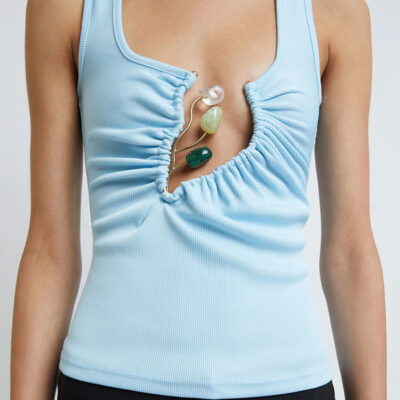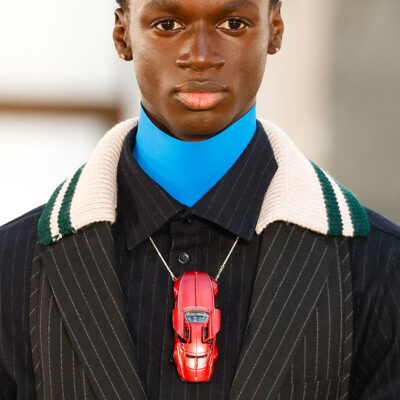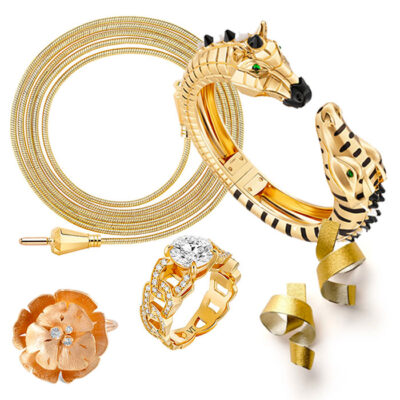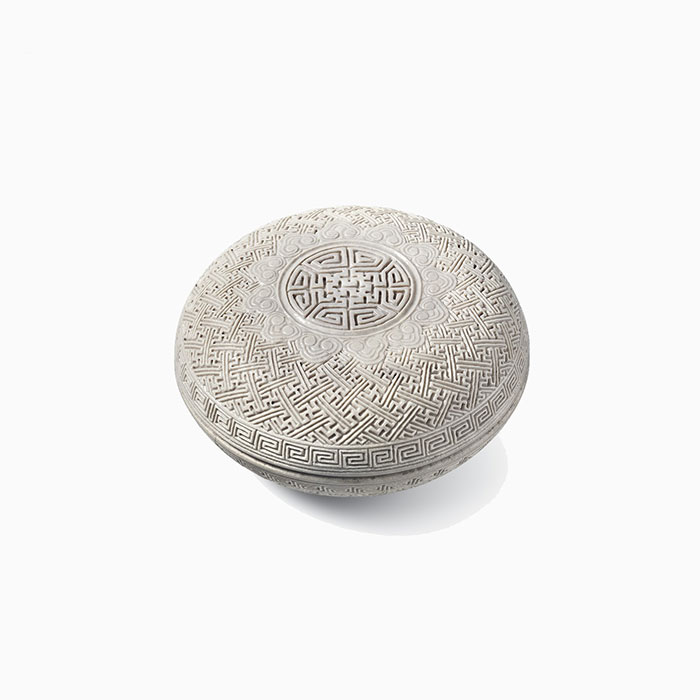

08 December 2015
Share
L’Asie rêvée by Cartier
From the turn of the twentieth century, Cartier has drawn inspiration from Chinese and Japanese objects. The exhibition “L’Asie Rêvée” in the Baur and Cartier collections puts side-by-side 160 of the jeweler’s pieces and objects, and those of the Swiss, Alfred Baur, which mainly come from the Qing Dynasty (1644-1912). On the theme of the dragonfly, a diamond, ruby and emerald pin from 1953 is found alongside a nineteenth-century lacquered box inlaid with mother-of-pearl and with inrô compartments. A black and white art deco brooch sits beside a cream “soft paste” porcelain seal box. In the display cabinets, luxurious materials echo off the exotic designs and colours with infinite poetry.
Until February 14th, 2016 at the Baur Foundation, Geneva.


-
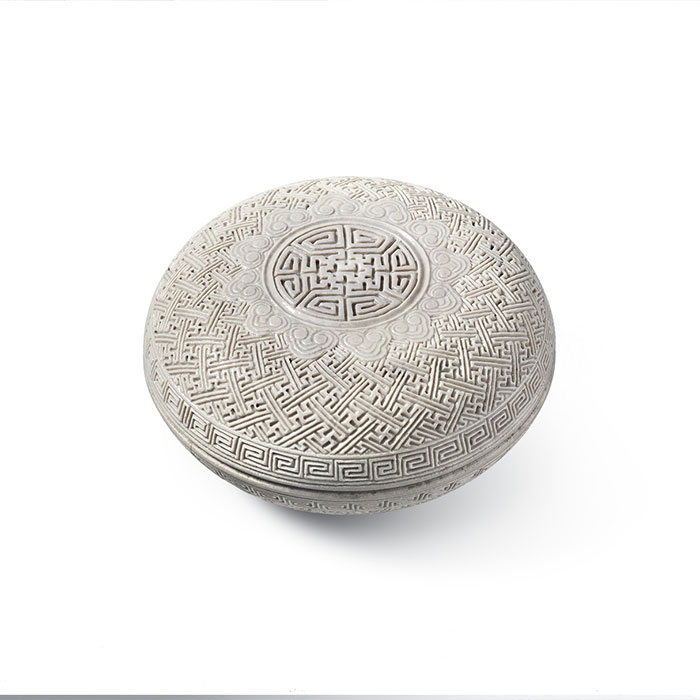
Cartier - "Pâte tendre" (soft paste) porcelain - China, Qing dynasty (1644-1911) - Baur Foundation
-
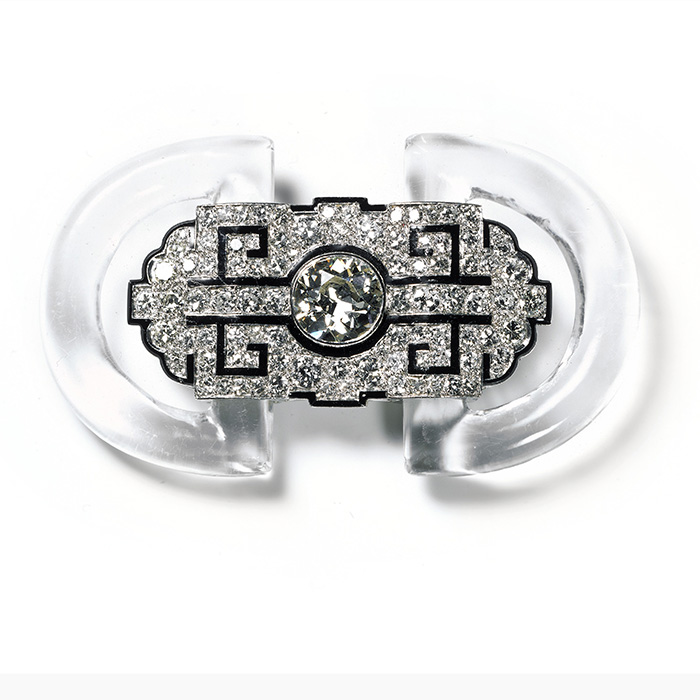
Cartier - Platinum, gold, diamonds, rock crystal, enamel - New York, 1926 - Collection Cartier
Share


Most popular articles
Clothes and precious stones by Christopher Esber
Beyond aesthetics, Christopher Esber believes in the positive virtues that certain crystals worn directly on the skin possess.
Botter's small car jewelry
Botter, the Dutch creative duo made up of Lisi Herrebrugh and Rushemy Botter have turned colorful little cars into jewelry.
Responsible, recycled or mined gold, who’s using what?
In this issue we offer a non-exhaustive overview of pieces heralding these new jewelry values.
"Fly me to the moon" – Noor Fares' Wing Shop
On “Wing Shop” the new e-shop of Noor Fares, you can entirely customize the “Fly Me to the Moon” earrings.
Rouvenat returns!
The positive values initiated by Léon Rouvenat, almost two centuries on, are modernized.
205,000
During the conference organized by the jeweler L’Or du Monde (pioneers in the use of recycled gold), the Systext association painted an apocalyptic picture...
